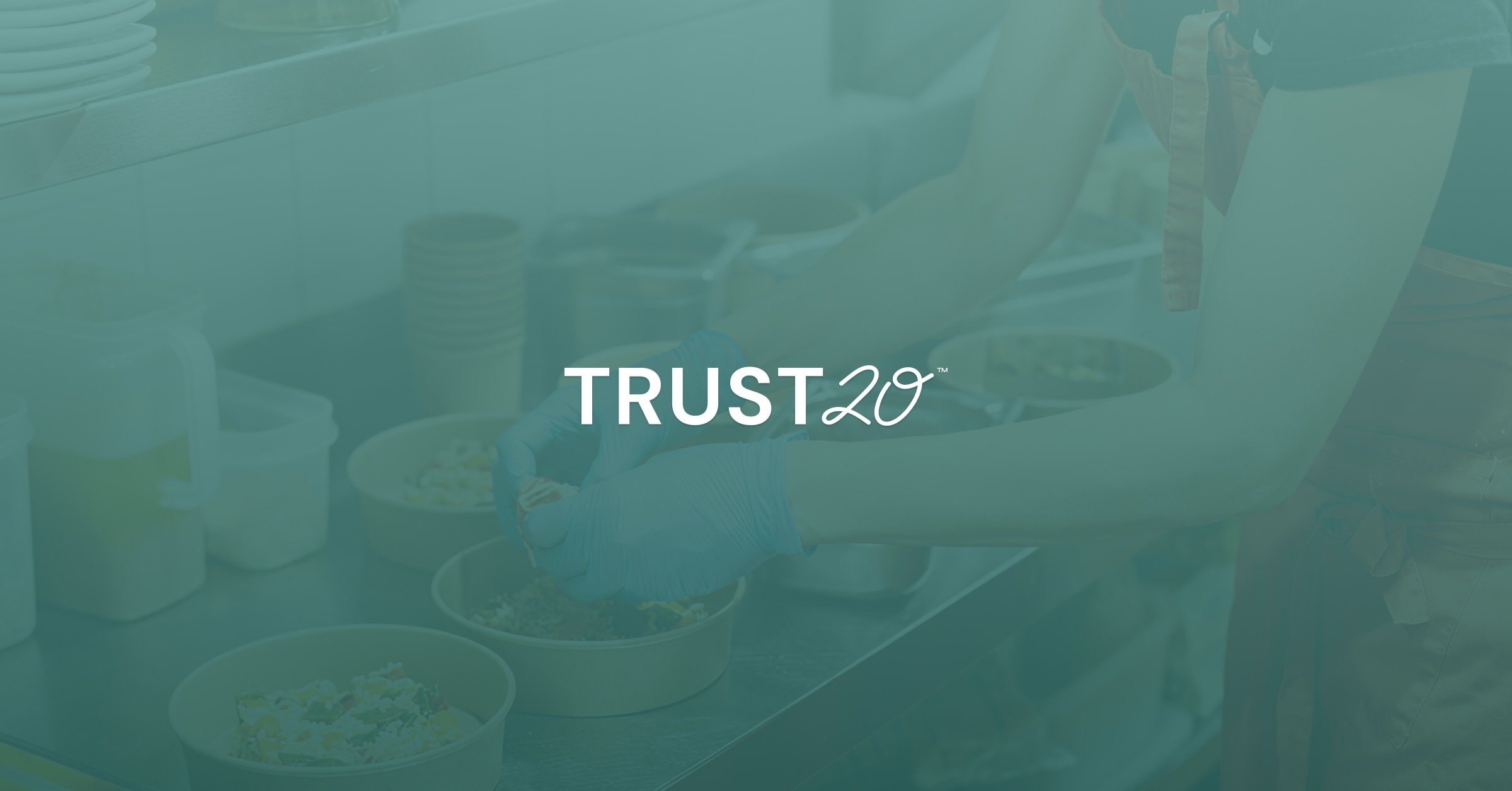Training for newly-hired food handlers is focused on food safety–and for a good reason. The Food and Drug Administration (FDA) estimates there are about 48 million cases of foodborne illnesses in the United States every year.1 Thankfully, the food industry can help reduce these incidents by closely following food safety best practices.
At their core, food safety regulations exist to protect public health and may seem like they are just a boring part of your work that has to be checked off a list. However, contributing to a positive food safety culture at your establishment is a key part of being successful in your role–and even your career.
But why should you care about food safety, and what exactly is a positive food safety culture? Keep reading! In this blog, we will cover:
Why should I care about food safety?
What is a positive food safety culture?
How does a positive food safety culture benefit me?
Why should I care about food safety?
Adhering to food safety best practices is a key part of your work as a food handler. Customer protection aside, properly handling the food you come in contact with is a part of your job description. There can be serious consequences if your habits don’t align with your establishment’s food safety procedures. Read through the chart below for just a few of the consequences that come with neglecting food safety.
|
Potential Consequences of Poor Food Safety |
|
|---|---|
|
Legal issues |
If poor food safety practices harm a customer, the customer may have grounds to seek legal action against a food establishment. Depending on state and local laws, individual staff may also be held liable for damages that result from poor food safety, such as poor hygiene, cross-contamination, and improperly cooked food. Other legal consequences may include fines and jail time. |
|
Financial loss or termination |
If you do not follow food safety best practices, you may be written up, be scheduled for fewer hours, or be let go from your position. Food establishments with food safety issues can also develop a bad reputation in their communities, which may lead to a decrease in sales and also result in reduced hours or layoffs. |
|
Career stagnation |
If you do not prioritize food safety in your work, it is unlikely that you will receive regular raises or the opportunity for advancement within an establishment. Further, if you have lost a job because you neglected food safety, you may see fewer work opportunities. |
As you can see, embracing food safety practices is not just about meeting job requirements at the establishment where you work. Good food safety practices are important to protect yourself from legal consequences, reduce foodborne illnesses, and ensure you can continue to grow in your career.
Avoiding the consequences of poor food safety practices is all well and good, but we are all generally happier and more successful when we view a challenge as an opportunity or take it on with a positive approach.
Enter: contributing to a positive food safety culture.
What is a positive food safety culture?
First things first: a team with a positive food safety culture views food safety as a shared responsibility and priority. Everyone who comes into contact with food understands that practicing good hygiene, preventing cross-contamination, and following time and temperature control guidelines are essential to the success and safety of their work.
Simply put, people who are a part of a positive food safety culture are proactive. Clear leadership, open communication, teamwork, and consistency all contribute to a team’s ability to prepare for and, more importantly, prevent food safety incidents.
Similar to following food safety protocols, a positive food safety culture sounds like it is all about the workplace and the success of a business–but it does go deeper than that.
How does a positive food safety culture benefit me?
Teams without a positive food safety culture often struggle to work well together. Lack of communication and collaboration, mixed with poor food safety, equals unhappy customers–and that will always make your shifts more frustrating and stressful.
Being proactive and intentionally helping to foster a positive food safety culture in your workplace will help your shifts (and the entire kitchen) run more smoothly and show your managers that you can be trusted in your role.
|
Benefits of Contributing to a Positive Food Safety Culture |
|
|---|---|
|
Personal health |
Proactive food safety practices protect you, too. According to a survey from the Centers for Disease Control, poor food safety culture is a common risk factor for foodborne outbreaks–which often impact both customers and staff.3 |
|
Career growth |
Managers take note when someone understands food safety and applies their knowledge every single day. Helping build a positive food safety culture in your workplace may lead to raises or promotions. Taking this kind of responsibility will make you more appealing to future employers and make it easier for you to move to another sector of the food industry. |
|
Trusted reputation |
Every establishment has regulars, and regulars know the staff. If your regulars see you actively following food safety best practices every time they come in, you will build a trusted reputation in your community. |
A positive food safety culture is proactive
In the past, the food industry has reacted to food safety incidents. Today, the industry is working hard to shift its practices towards proactive behaviors so that foods cannot become compromised in the first place (e.g., prioritizing a Hazard Analysis and Risk-Based Preventive Controls (HARPC) plan over a Hazard Analysis Critical Control Point (HACCP) plan). However, industry-wide change is only possible if everyone is willing to do their part.
Do you feel like you need to learn more about food safety before you can help create a more positive food safety culture in your establishment? Consider taking Trust20’s food handler or allergen awareness training and learn information and strategies you can apply the next time you clock in.
Ultimately, following food safety best practices and helping build a positive food safety culture are both proactive behaviors that benefit both you personally and your establishment.
Sources:
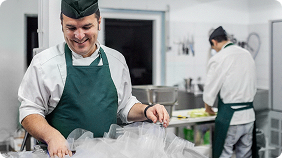

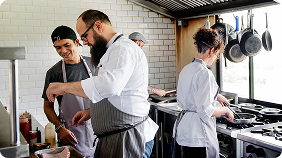


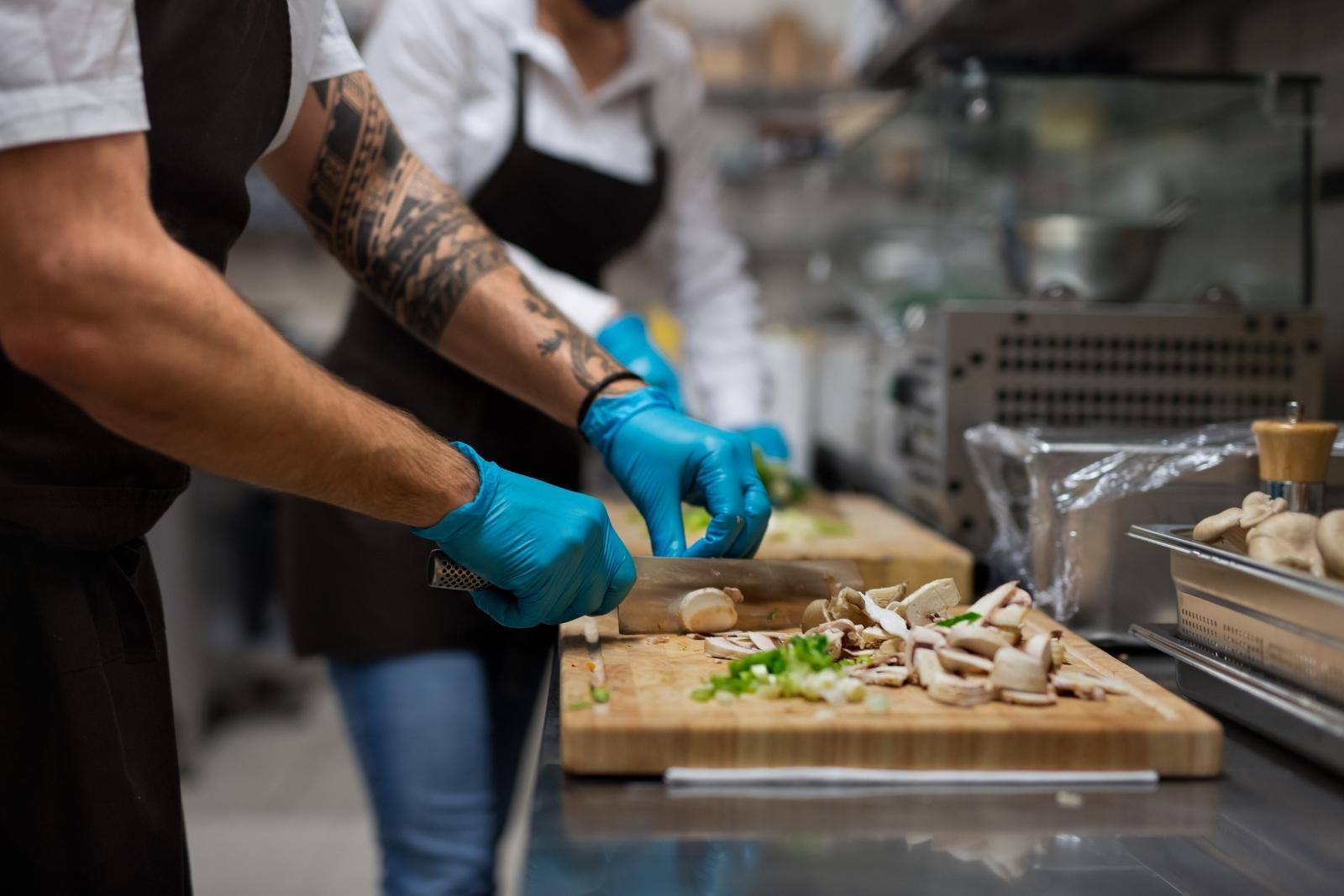
.png)
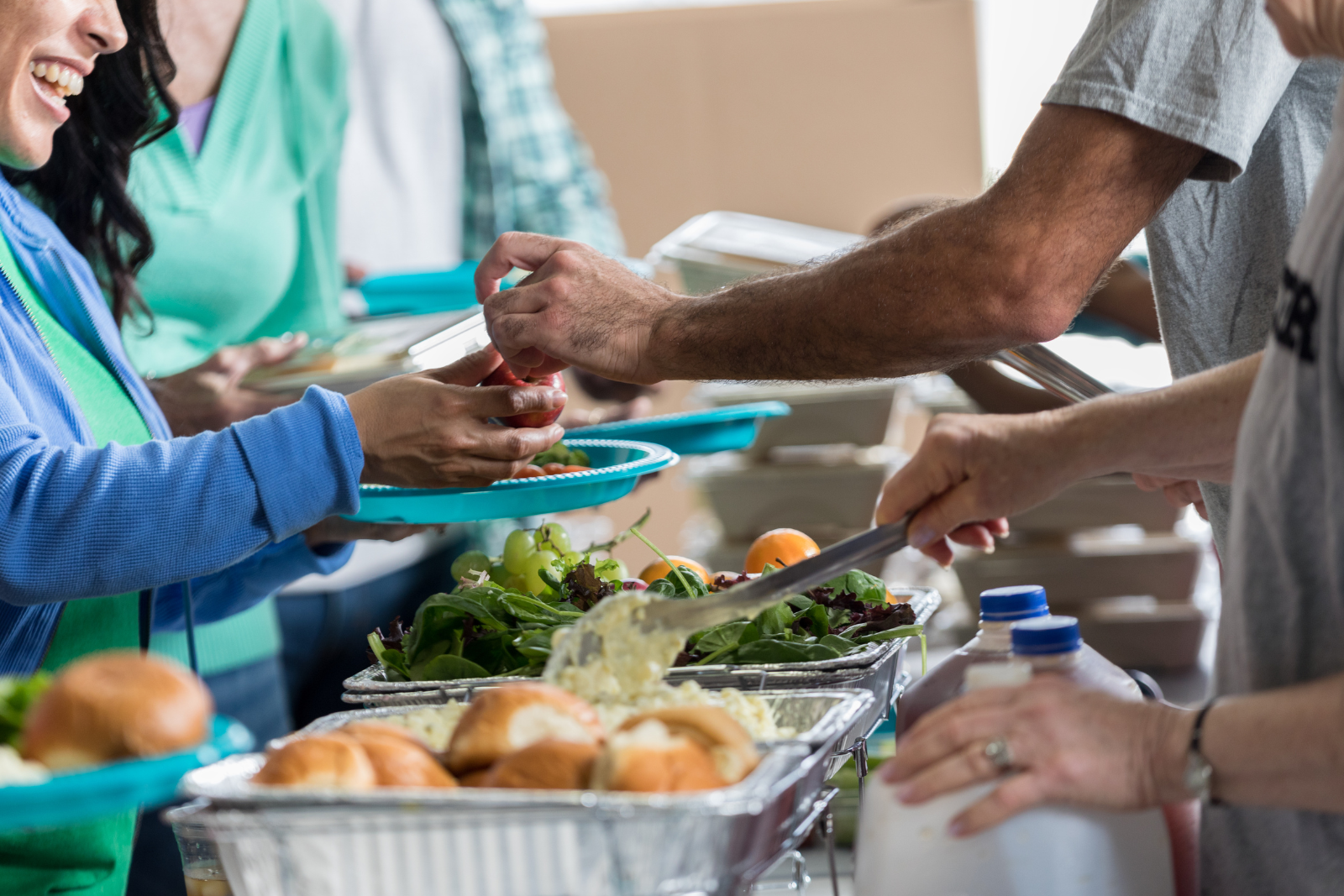
.png)
